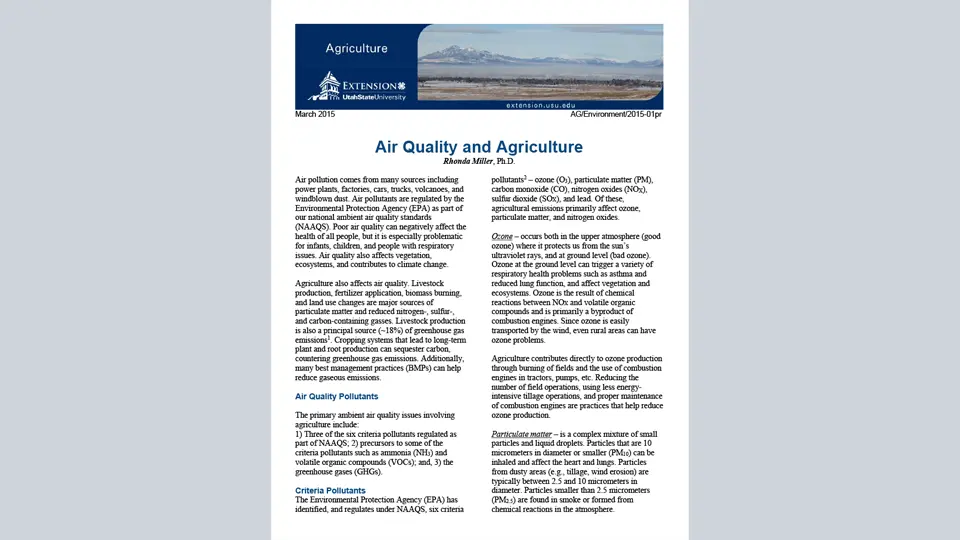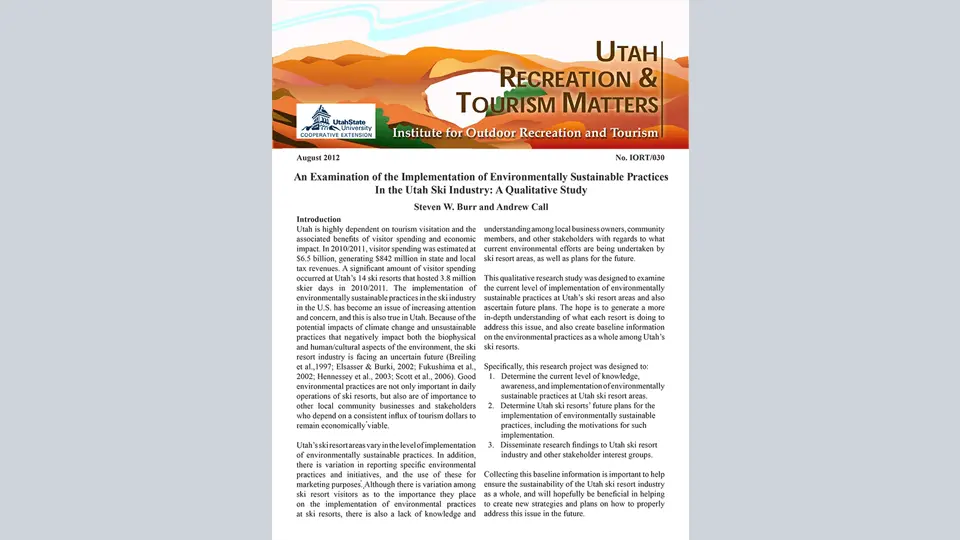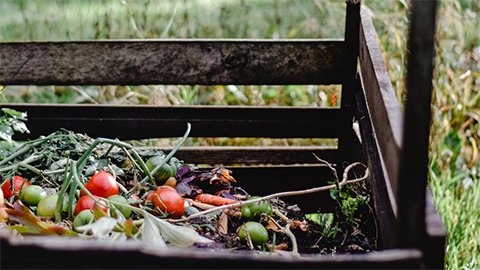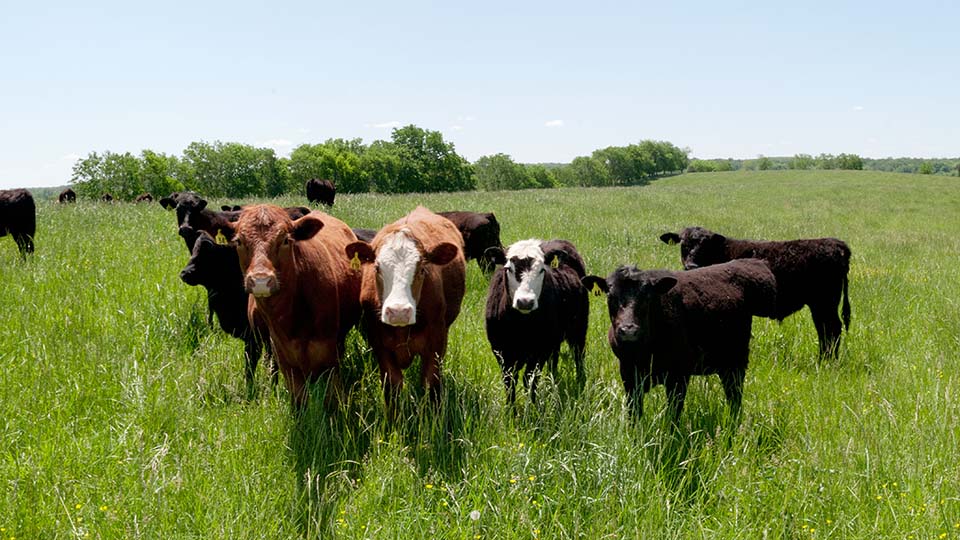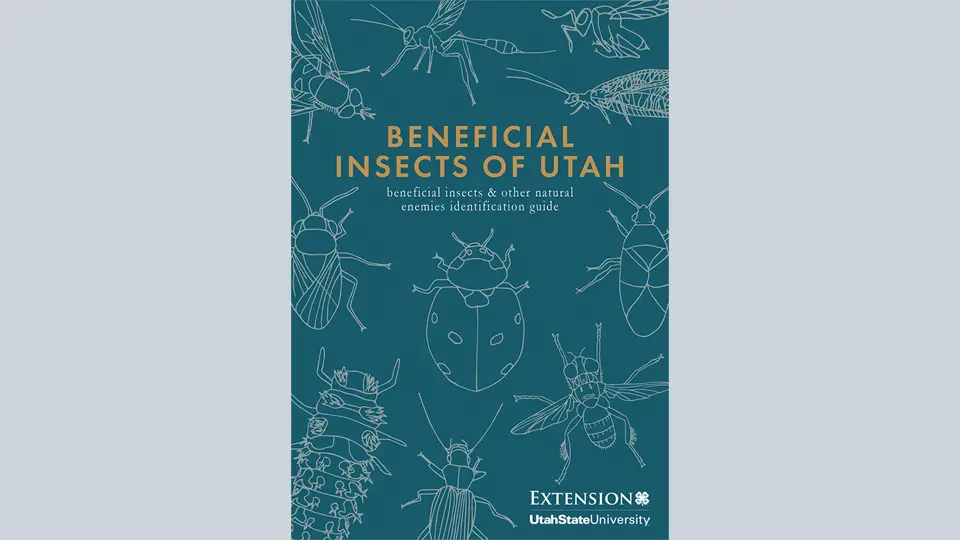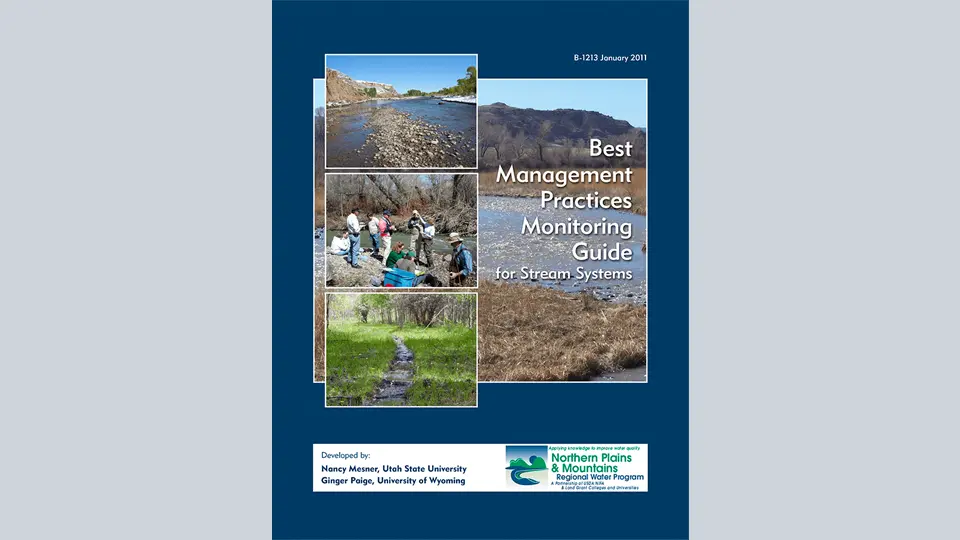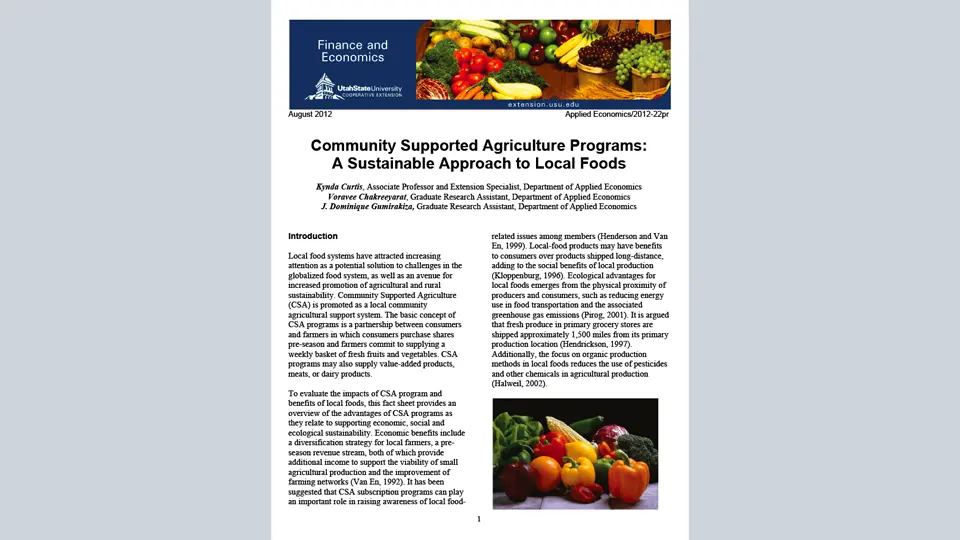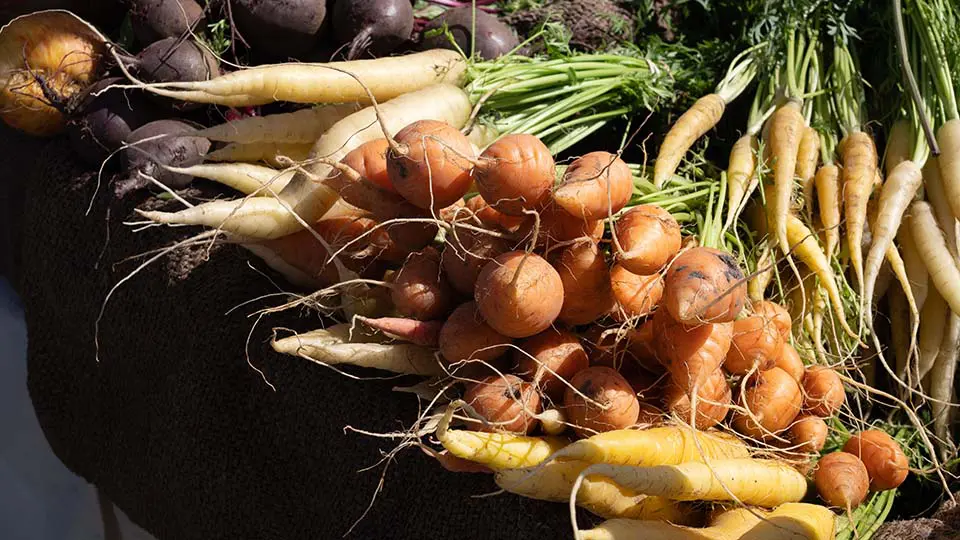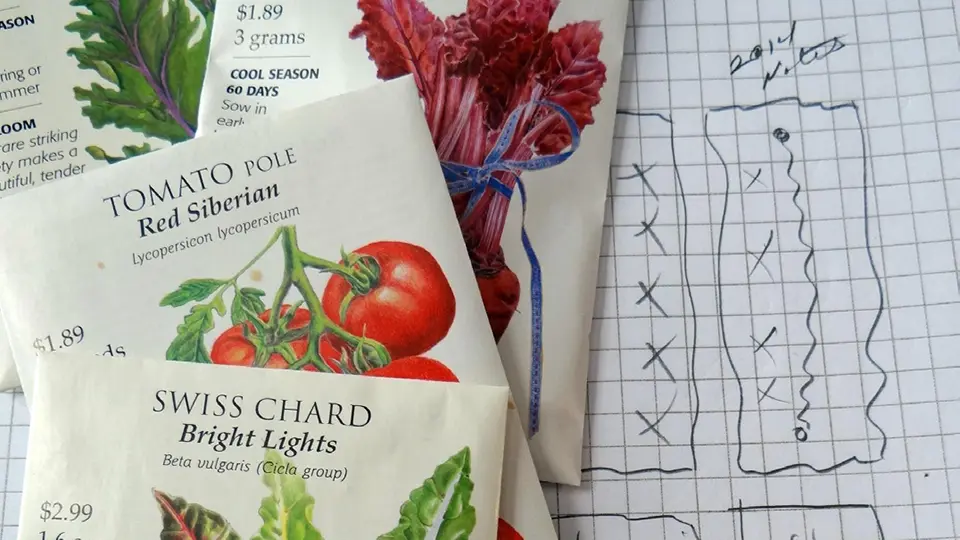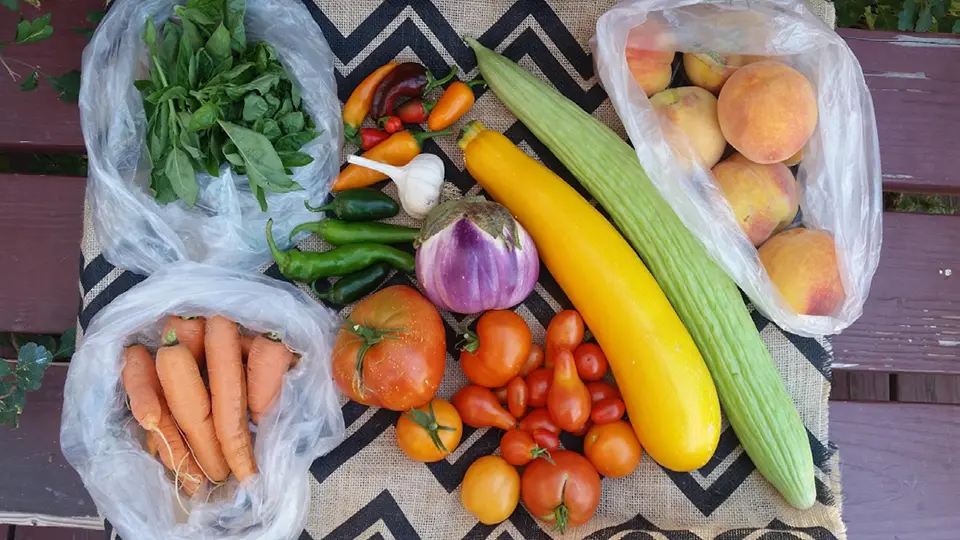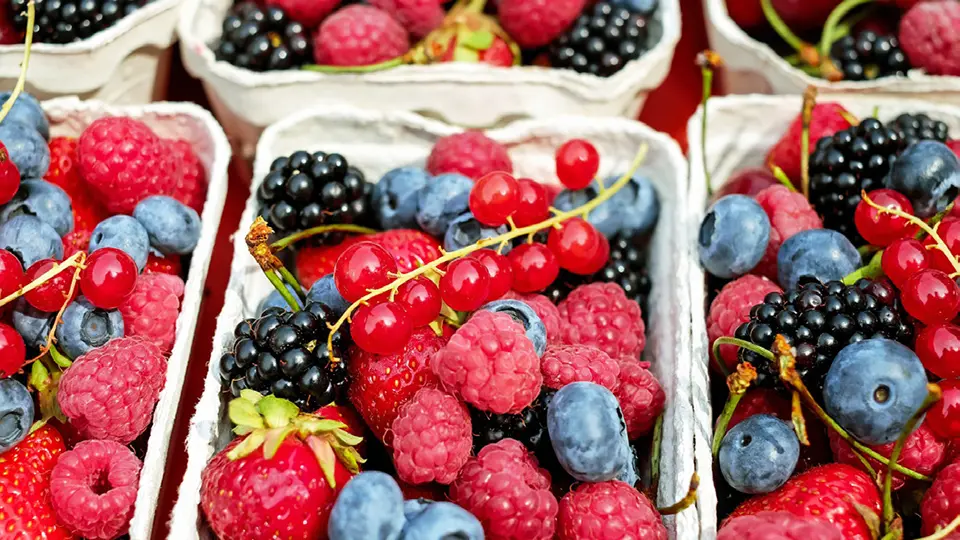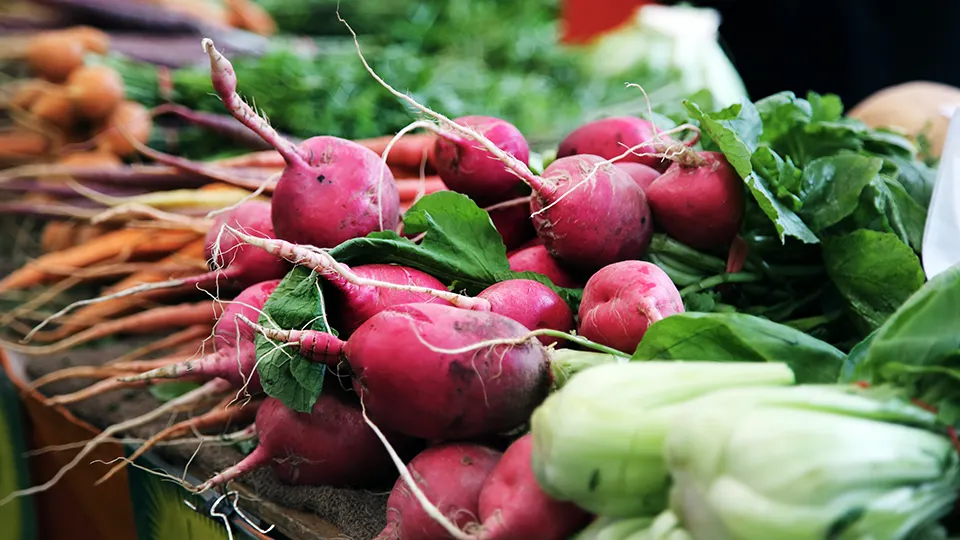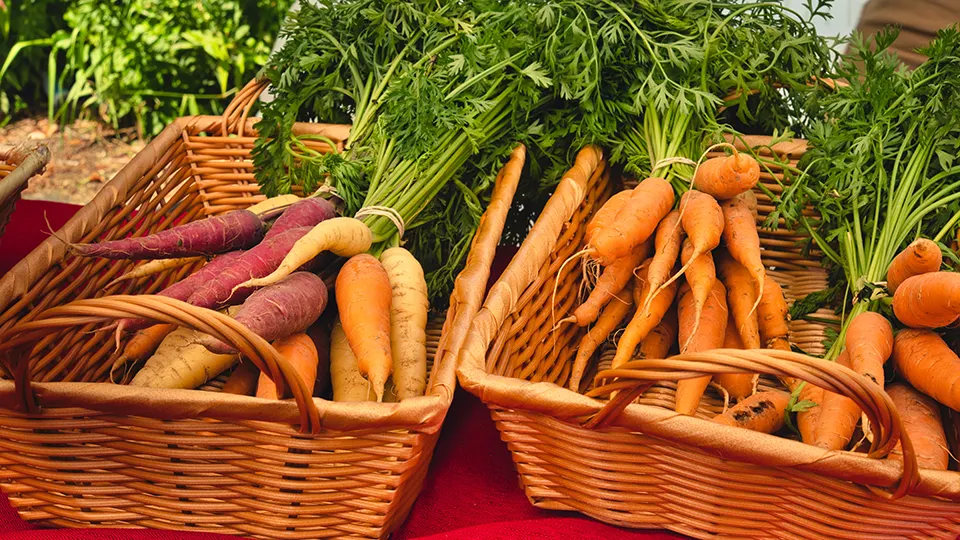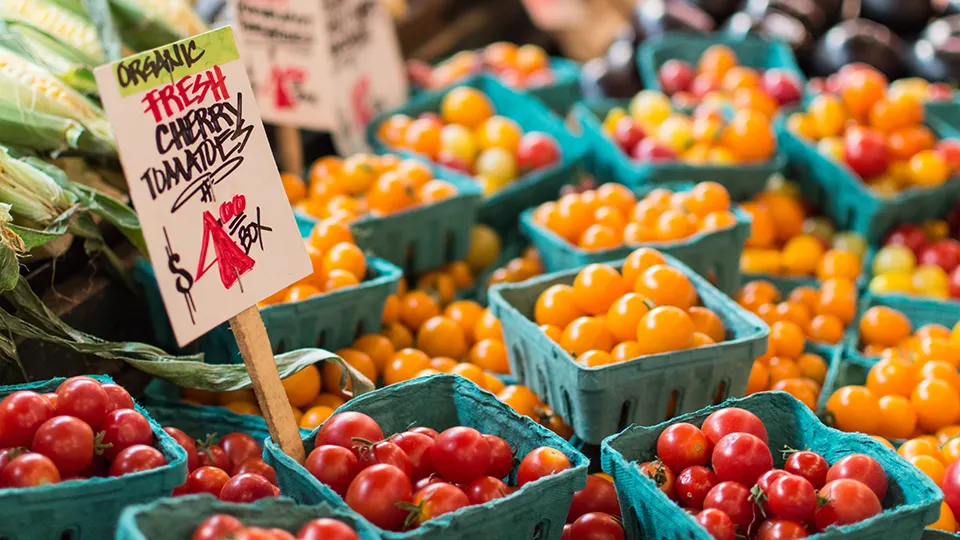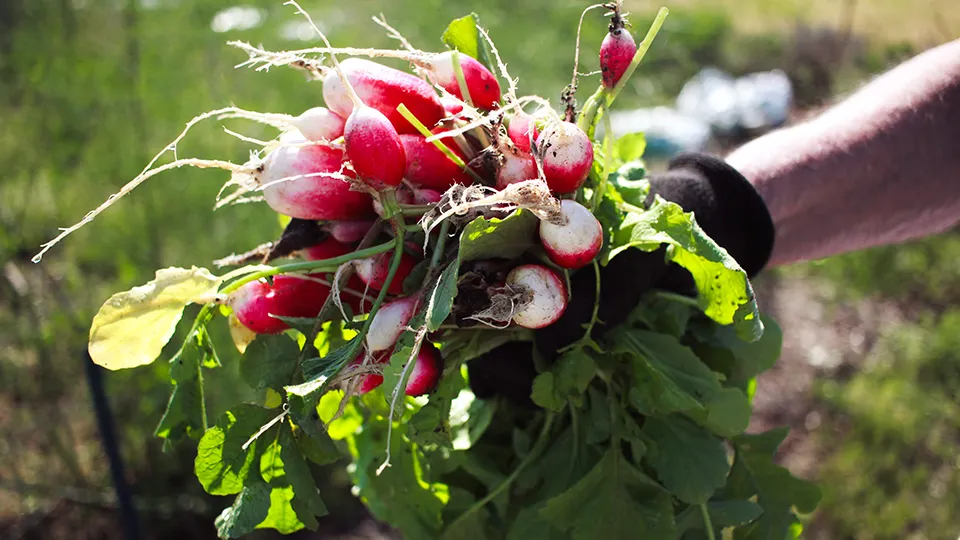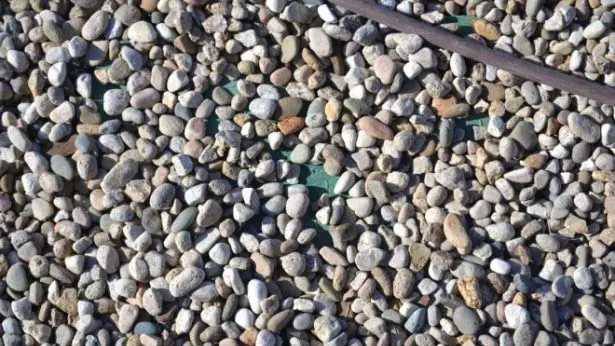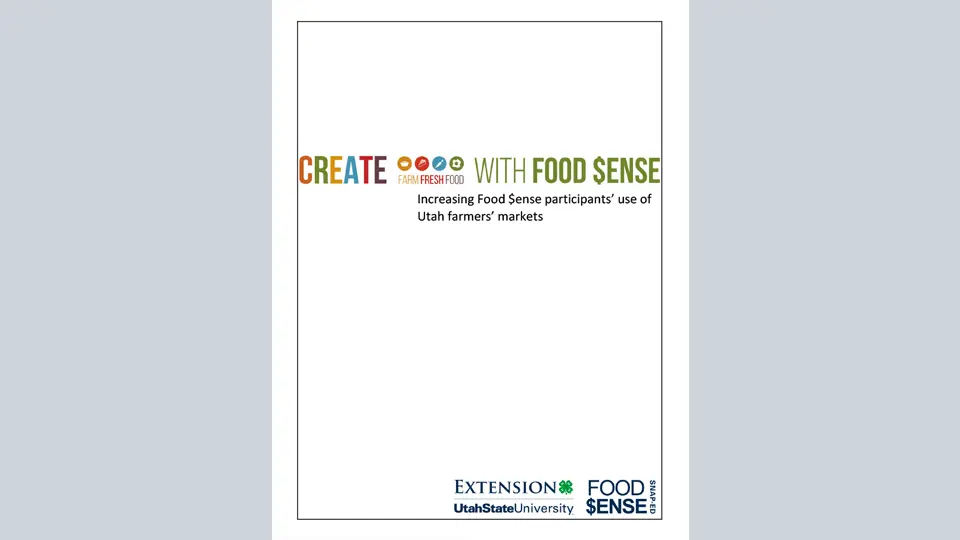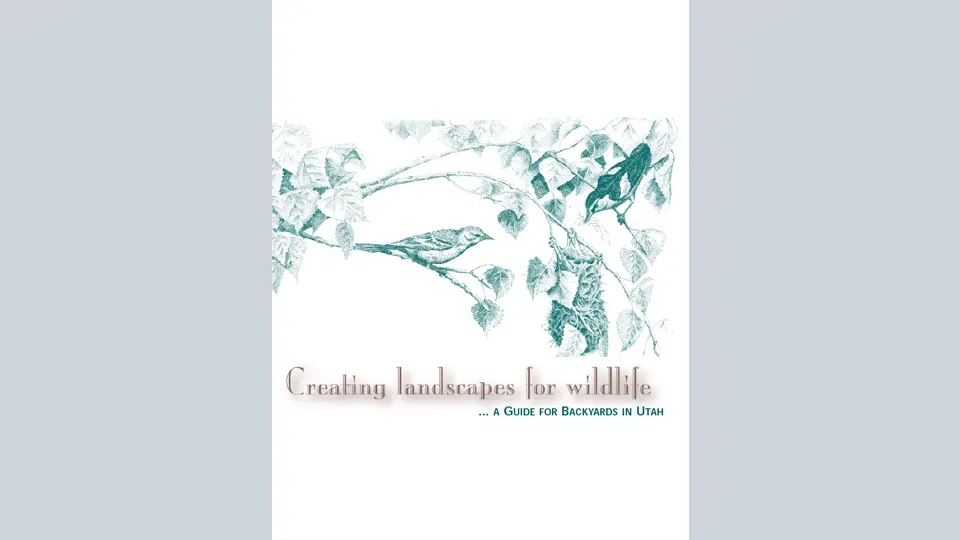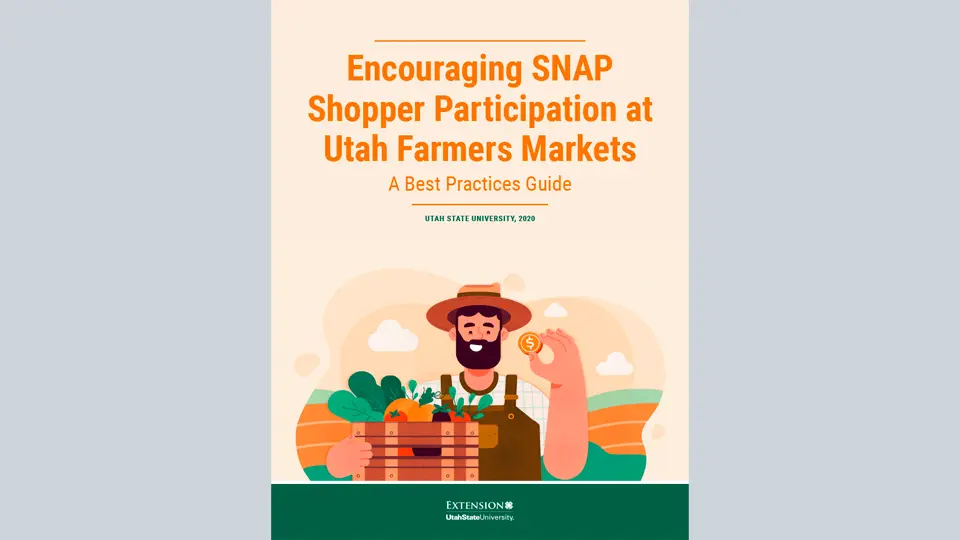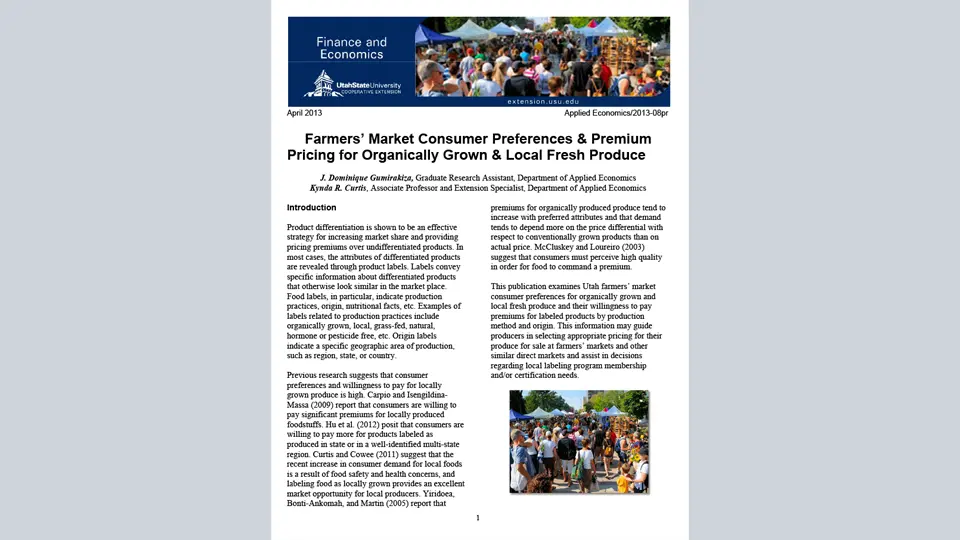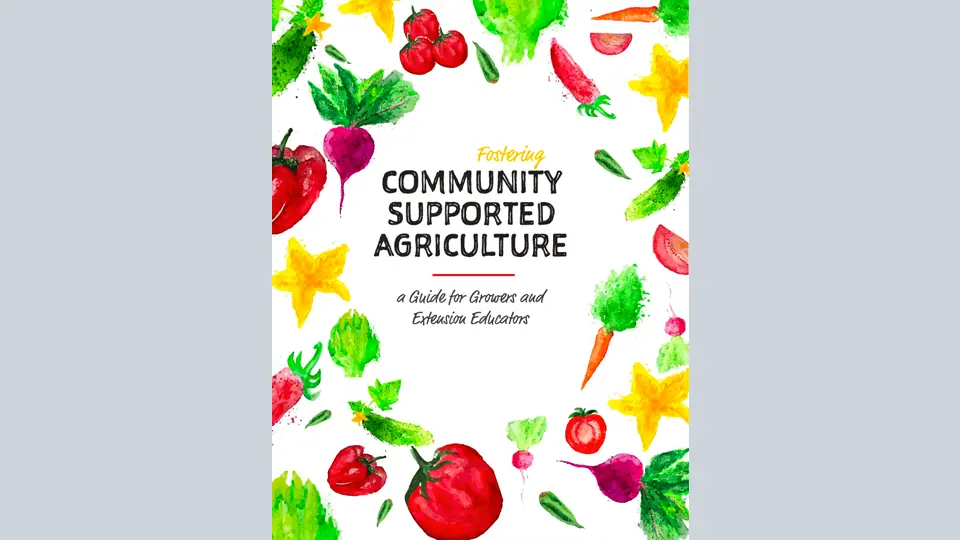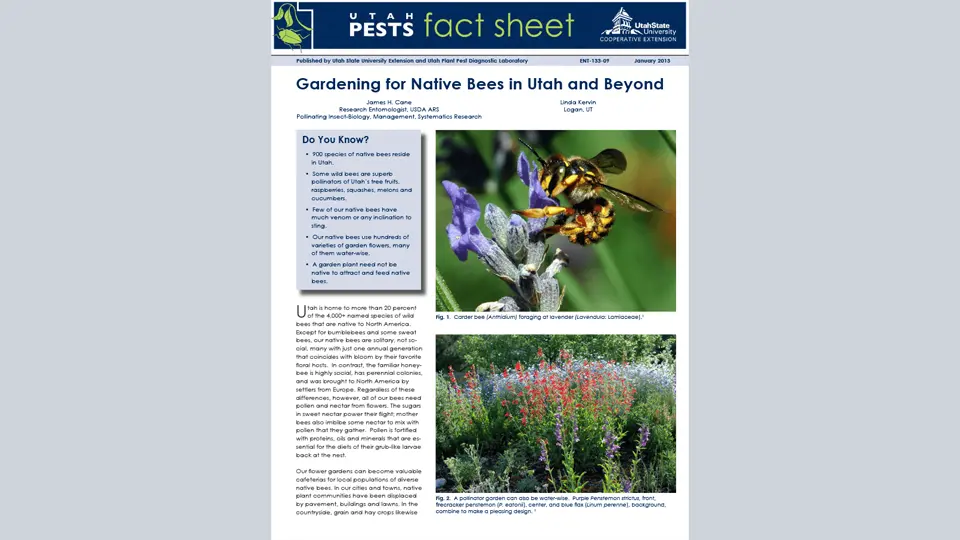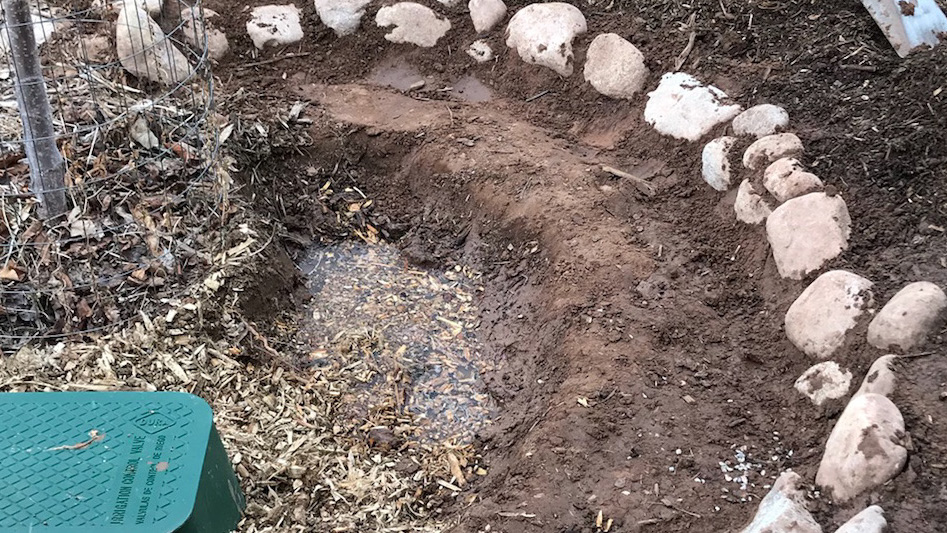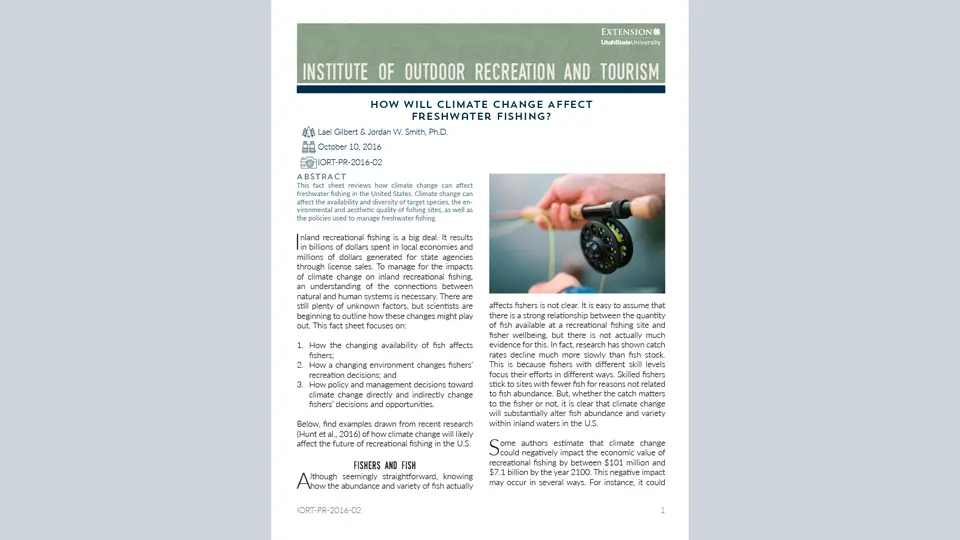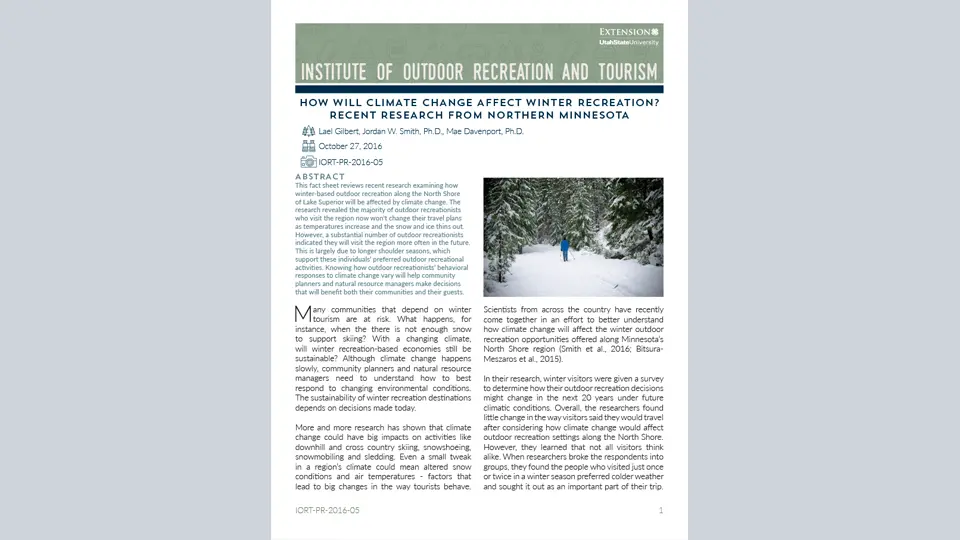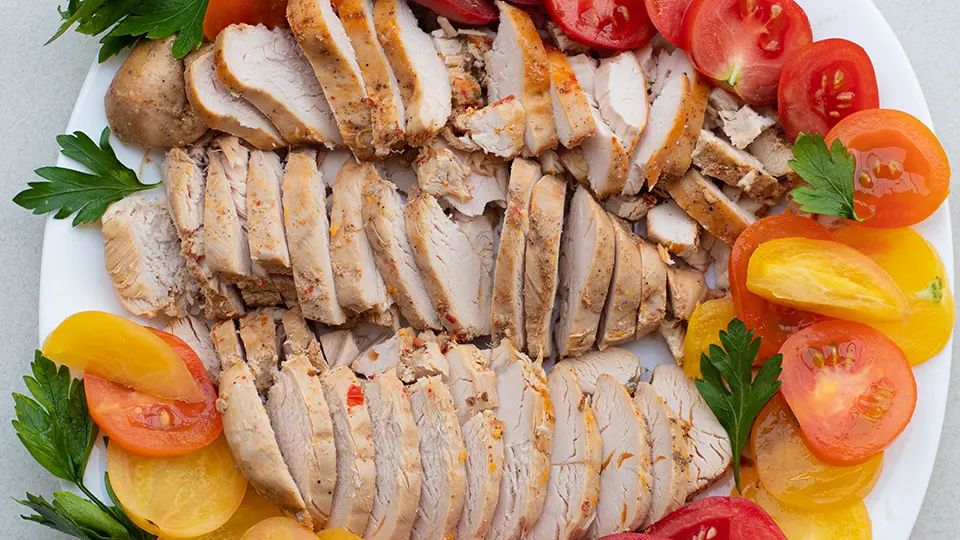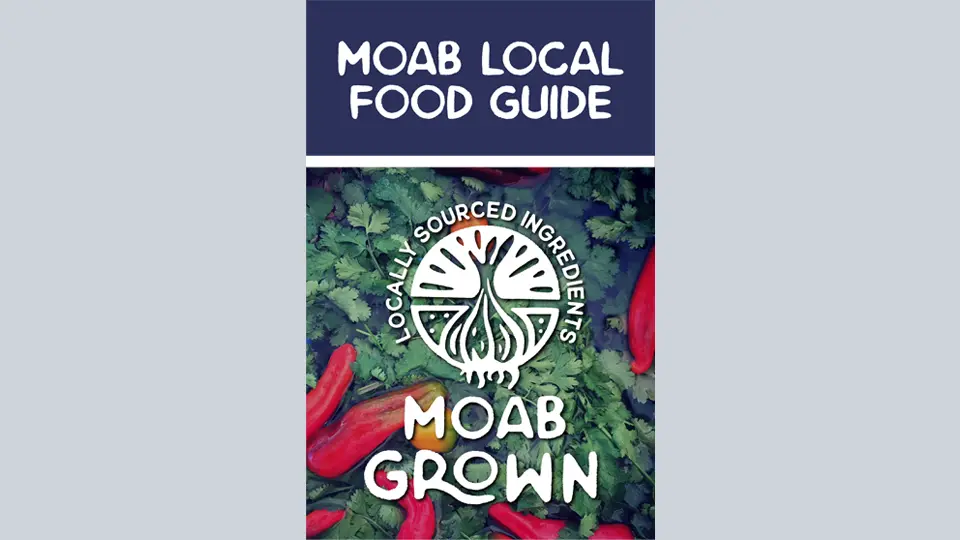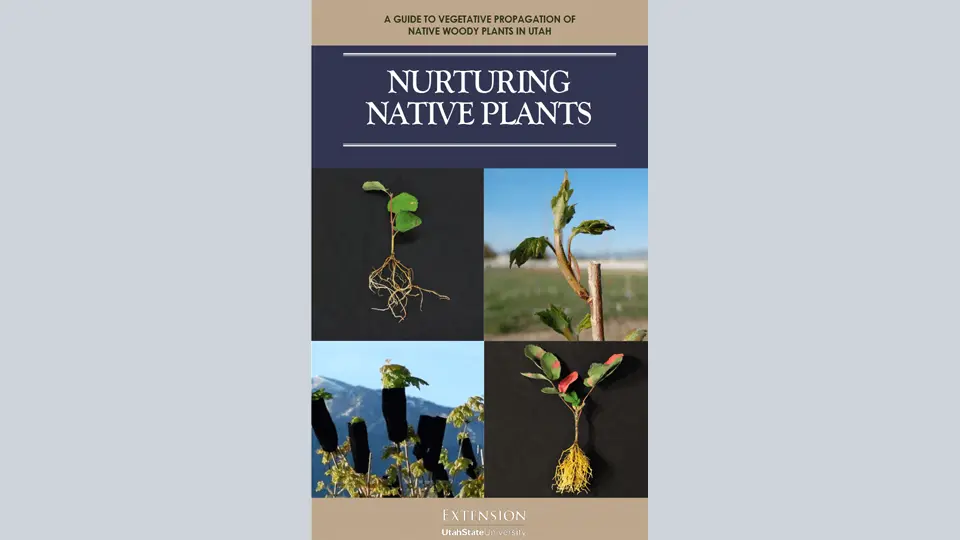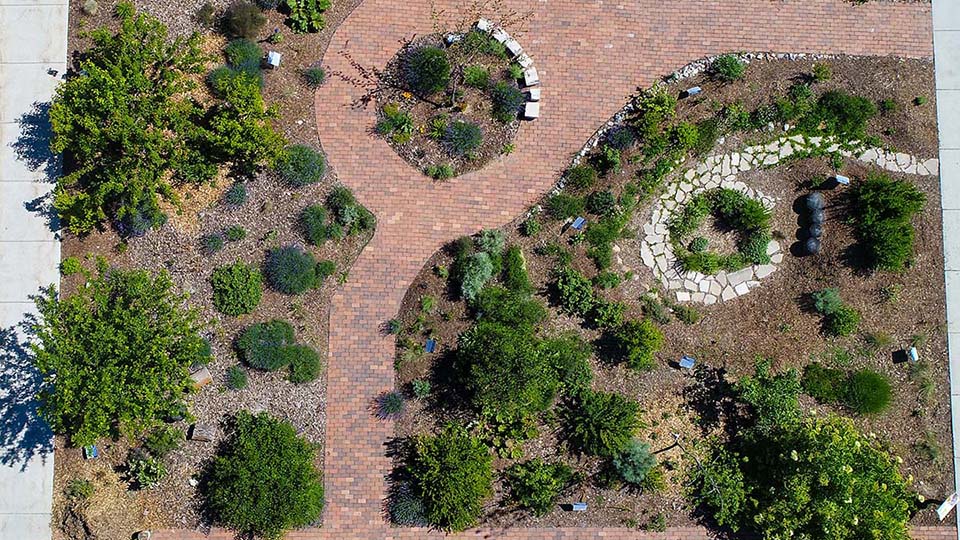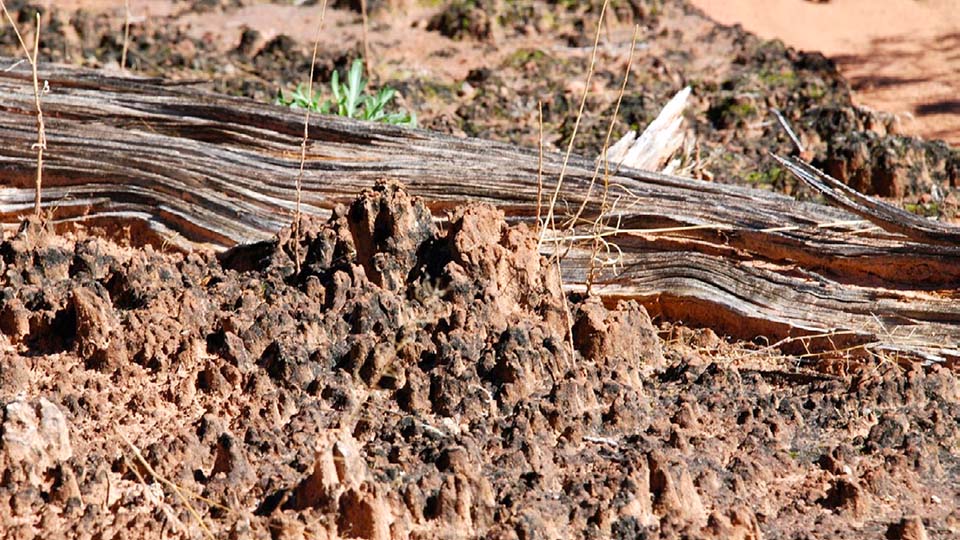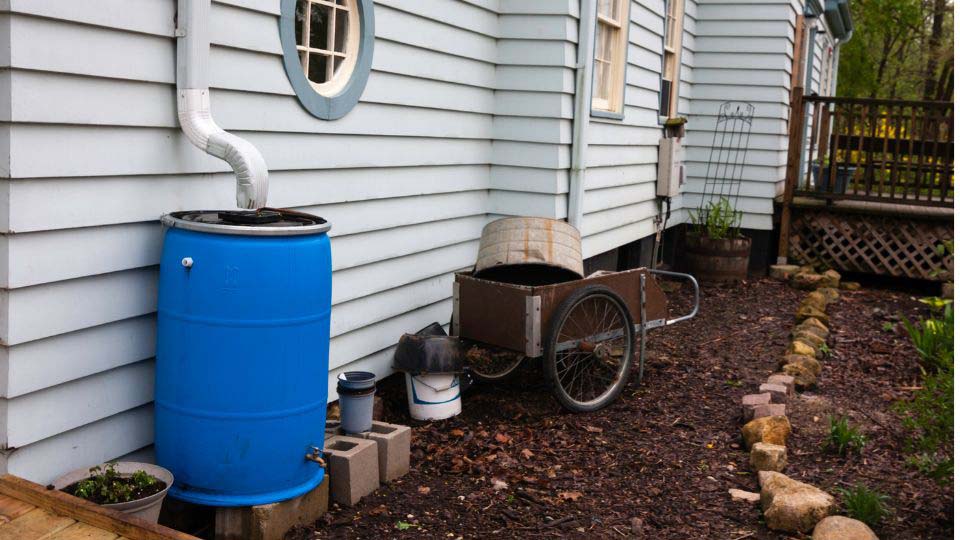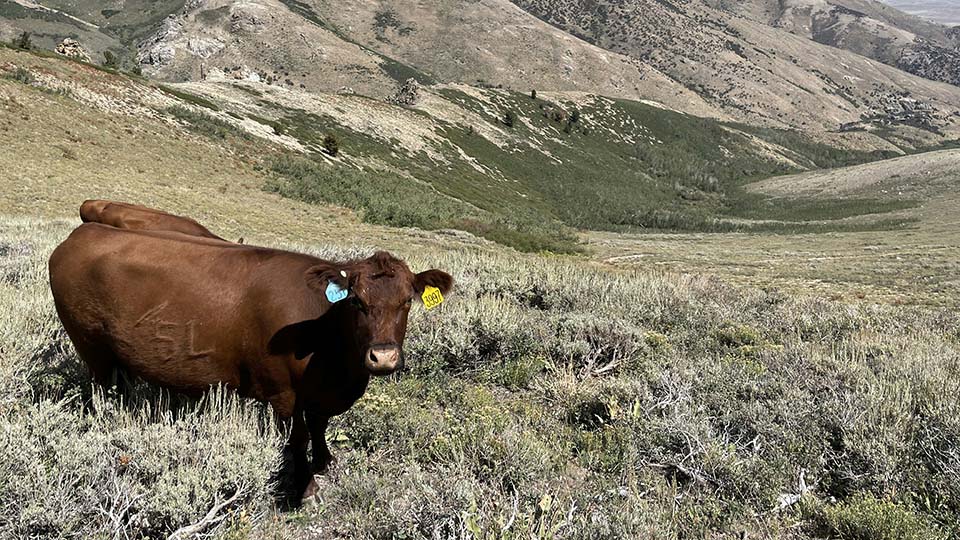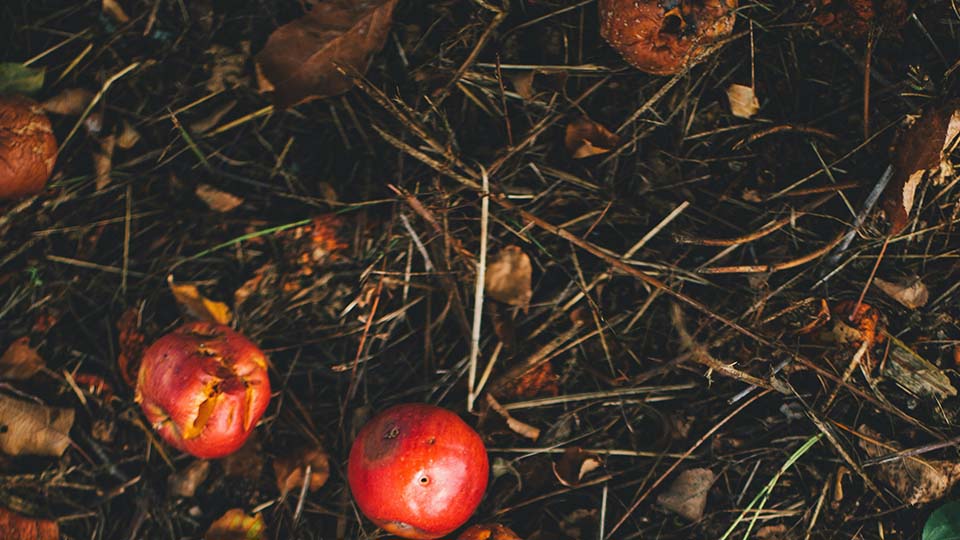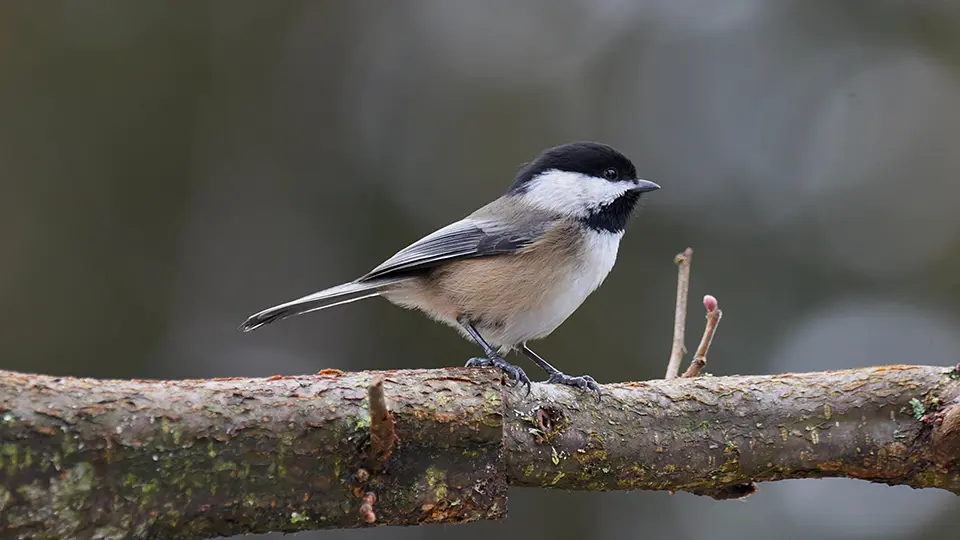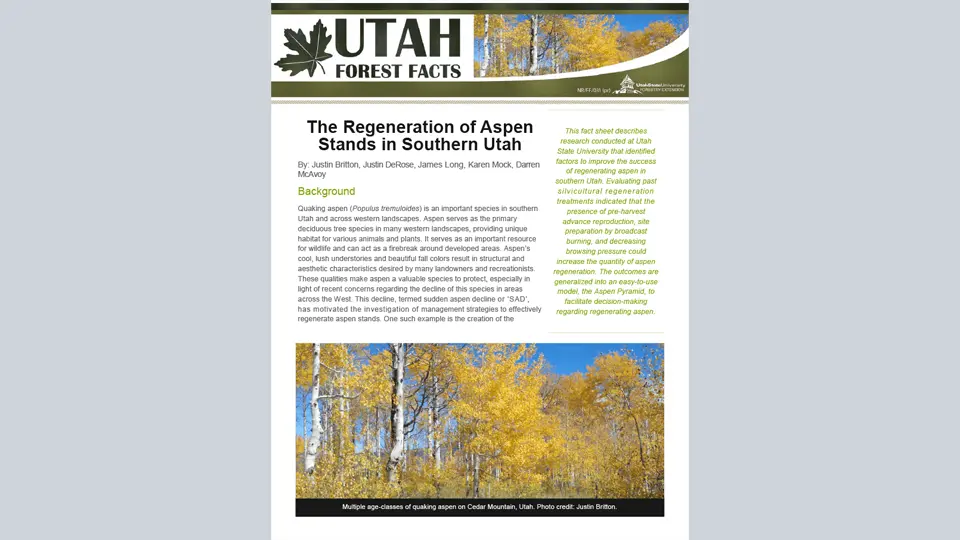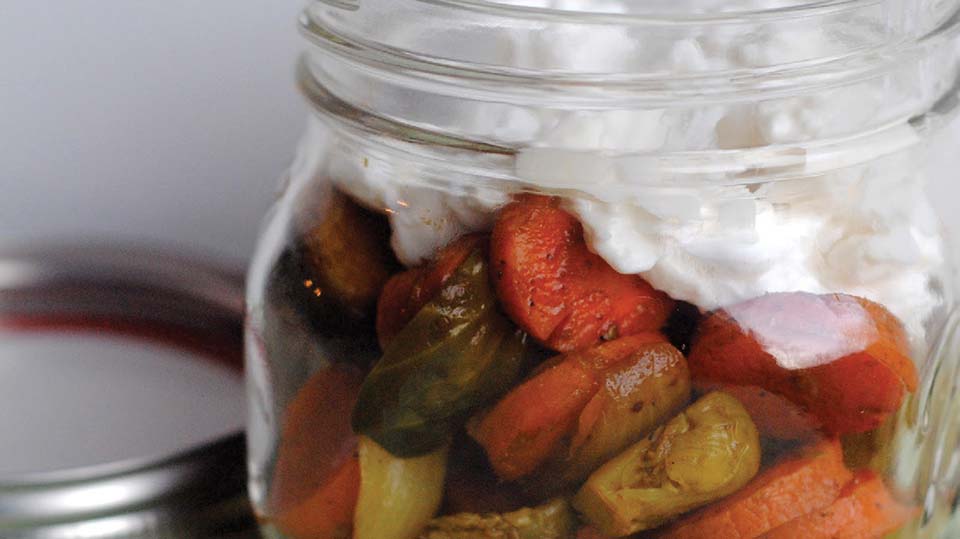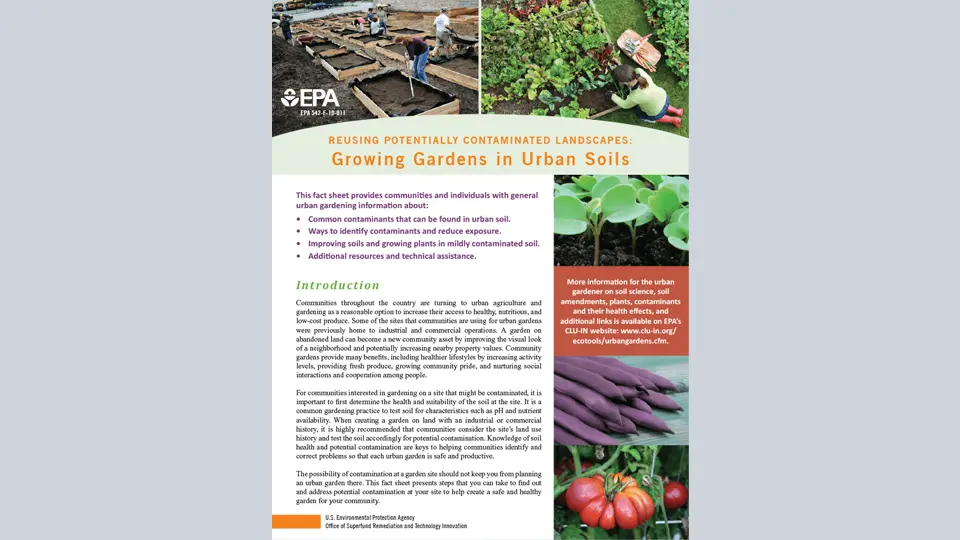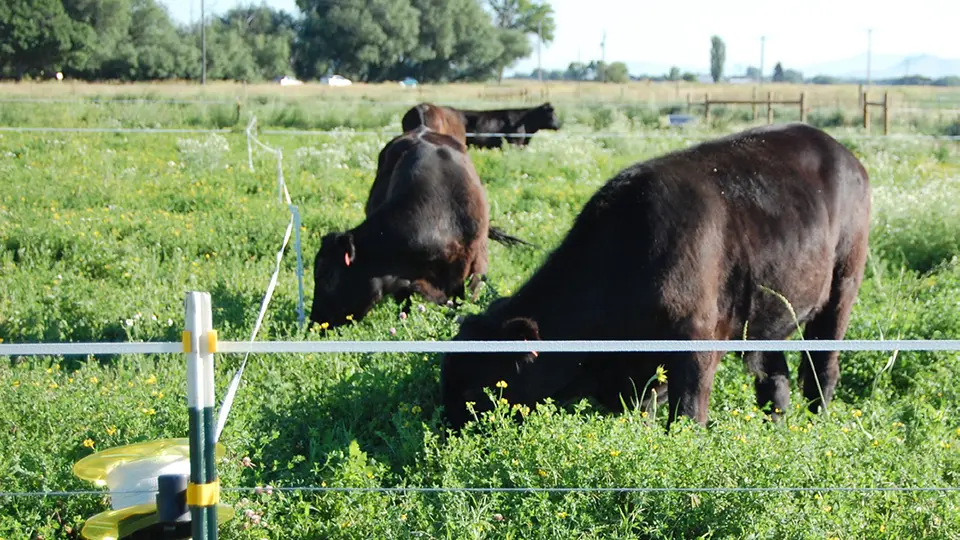Urban Edibles: Weeds
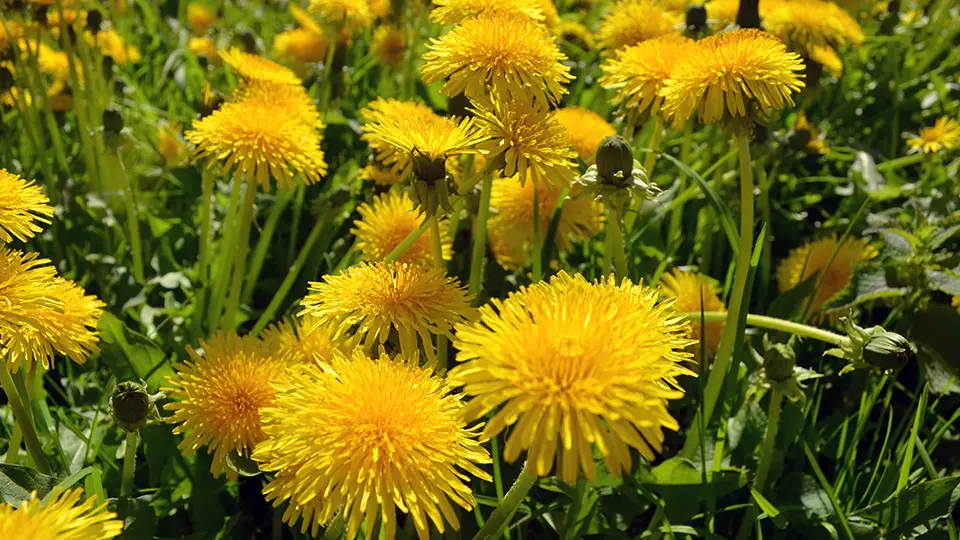
“Weeds”
They invade your garden, tap your soil’s precious nutrients and grow quicker than lightning strikes. If you can’t beat them, eat them! Increase your garden’s yield by identifying the edible weeds and adding them to your harvest.
“A weed is a plant that has mastered every survival skill except for learning how to grow in rows.”
Dandelion (Taraxacum officinale)
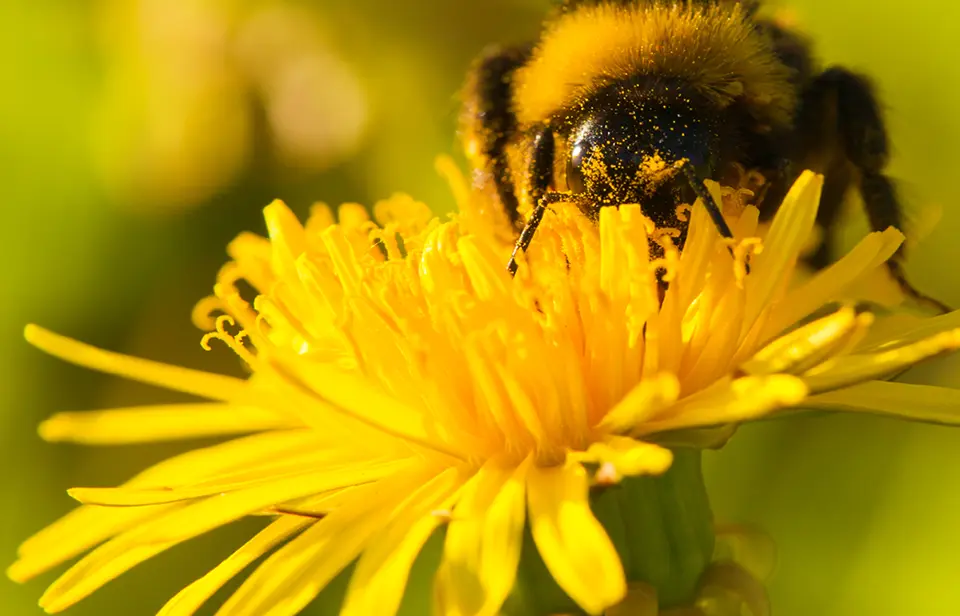
Extremely versatile in the kitchen and found easily, dandelions add zip to any meal. Buds and leaves are best when picked young. Leaves are edible both raw and cooked; try them tossed in your favorite stir-fry, salad, or soup. Flowers are great frittered or used in dandelion wine, while the roots are often steeped for tea or pickled.
Dandelions are chock full of health benefits. They are rich in vitamin-A, C, iron, calcium, detoxifiers and can aid with bone health, liver disorders, diabetes, urinary disorders, skin care, acne, weight loss, cancer, jaundice, gall bladder disorders, anemia, and high blood pressure. Also, dandelion root tea is a common health supplement used mainly for its mild diuretic properties.
Burdock (Arctium Lappa)
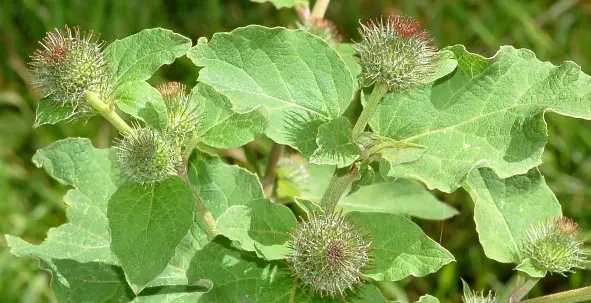
Anyone who has spent time cleaning up the yard in autumn knows Burdock, maybe not by name but definitely reputation. With an arsenal of burs, it plagues passersby with its tag-a-long reproductive process. Beat the burrs by harvesting burdock earlier in the season for its succulent roots and meaty stalks. Use in place of artichoke hearts by steaming stalks and roots. Not only is harvesting burdock good for you, but your garden too! A member of the thistle family, burdock attracts many pollinators to garden ecosystems due to its excessive amount of nectar.
Health benefits of Burdock include strong anti-bacterial and anti-fungal properties. Its compounds also activate organs of elimination, boosting metabolism, and inducing inner cleansing. Rich in potassium, iron and calcium, burdock is a nutrient packed weed, worthy of your kitchen table.
When foraging for burdock, collect leaves in the morning after the dew has dried or late in the afternoon after the heat of the day. Harvest younger tender leaves for uses similar to those of spinach. Cut leaves from the plant low on the stem. For root collection, use a shovel to loosen the plant from the ground until you can entirely uproot it. Cut the root from the base of the plant, wash and dry before storage.
Lamb’s Quarter (Chenopodium album)
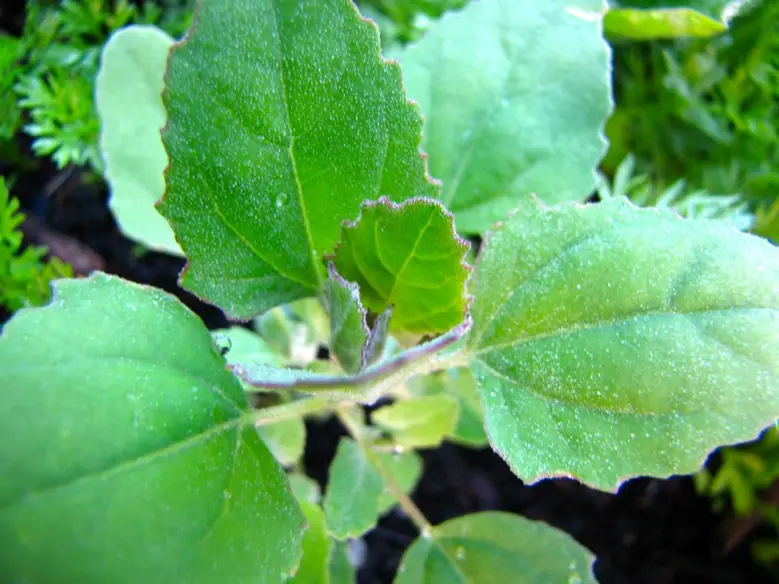
Michael Pollan, author of In Defense of Food and The Omnivores Dilemma, called lamb’s quarter and purslane “two of the most nutritious plants in the world.” Weeding them would be a waste, both taste and health-wise!
Also known as pigweed, goosefoot and wild spinach, lamb’s quarter is a common garden weed and found with easy access in most urban settings. While most edible weeds are best harvested in spring, lamb’s quarter thrive throughout the entirety of summer. While tender, the plant can be collected whole, but as it ages and becomes tougher, only the tender tops are recommended. Use as you would spinach or any other green vegetable. Try raw in salads or green smoothies. Seeds can be collected as an excellent source of protein.
Nutritionally, lamb’s quarter is a close competitor with spinach. 1 cup of boiled and lightly salted lamb’s quarters has a whopping 6g of protein, more than double your daily value of Vitamin A, 66 mg Vitamin C and 120 mg Iron.
Purslane (Portulaca oleracea)
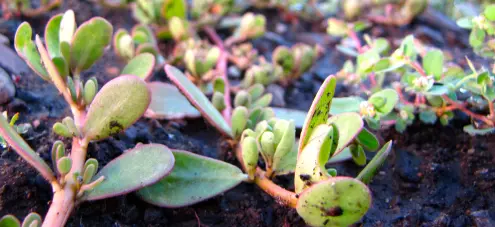
Purslane, or “Pursley” is a succulent originally from India, but is now found as a wild weed in all 50 U.S. states. The leaves, stems, and flowers can all be eaten either fresh or cooked.
The health benefits of Purslane (pictured below) rival many other green vegetables you work hard to plant and maintain in your garden, yet it grows effortlessly!
For example, the fresh succulent leaves of this wonder weed contain more omega-3 fatty acids than any other leafy vegetable plant, and has five times the concentration than can be found in spinach! In a 100 gram serving of raw Purslane, you can get more than 1320 international units of Vitamin A, 21 mg Vitamin C, and a dense array of B-complex vitamins.
Fun Fact: Purslane
Purslane is so packed with omega-3 fatty acids, it has more than you can buy in some fish oil capsules at the grocery store!
Common Mallow (Malva neglecta)
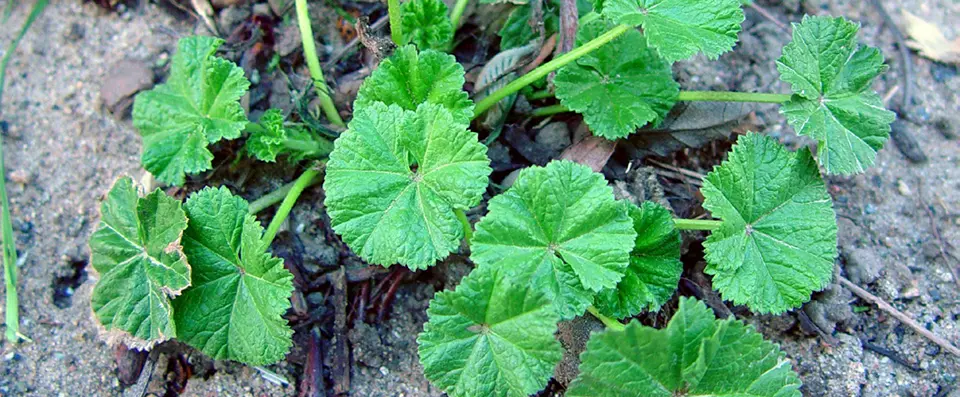
You’ve likely seen common mallow invading lawns and gardens, but might not have known it is a favorite among foragers! The leaves, stems, and immature seeds can be eaten raw or cooked. Why eat this common weed? Because it is rich in calcium magnesium, potassium, iron, selenium, and vitamins A and C.
Common mallow has similar properties as marshmallow (Althaea officinalis), which is a widely used medicinal plant. Native Americans used common mallow medicinally as an astringent, anti-inflammatory, and an emetic.
Recipes
Dandelion Fritters
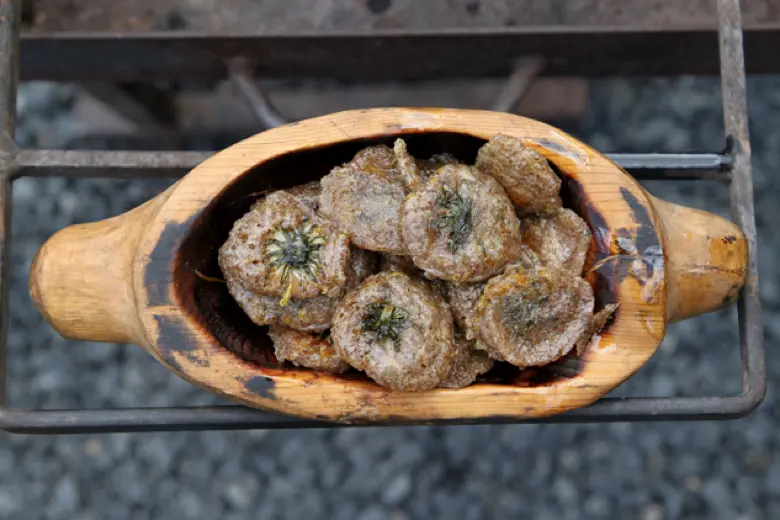
Ingredients:
- 1 egg
- 1 cup flour
- 1 cup milk
- Dandelion flowers (as many as you’d like), with 1/4 inch stem remaining coconut/safflower/vegetable/olive oil
Directions:
Prepare skillet on the stove with a good layer of oil coating the bottom, about ½ an inch. Warm oil on medium.
Combine egg, flour and milk in large bowl; whisk together to form batter. While holding the flowers by the stem, twirl petals in the batter until completely coated. Drop petal-side down in oil, checking regularly; flip until both sides are evenly crisp and golden brown. Remove from oil, and place on paper towels to soak up grease. Serve with honey mustard.
Purslane and Plum Smoothie
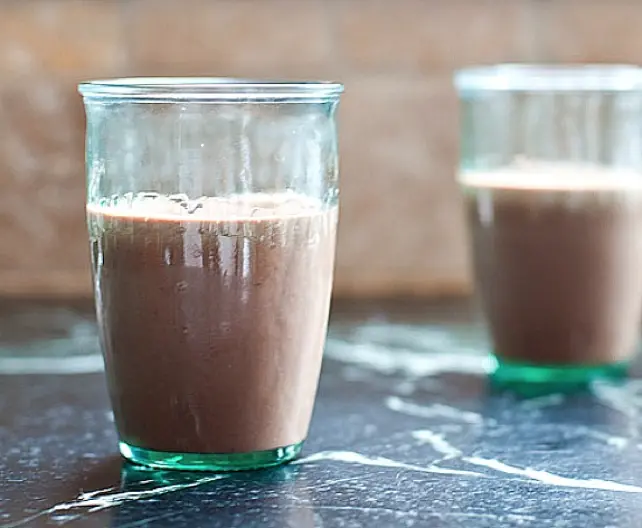
Ingredients:
- 1 head of red leaf lettuce
- 1 bunch chard leaves
- 2 cups purslane
- 4 black or red plums, pits removed
- 1 cup mixed berries
- 1/2 avocado Stevia or honey, to taste
- Add just enough water to blend until smooth and enjoy
(Adapted from Ciula, 2012).
Lamb’s Quarter Quiche with Coriander
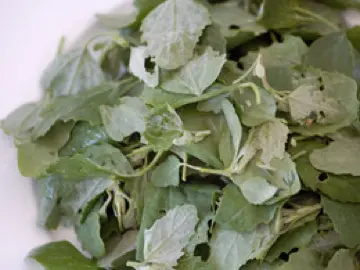
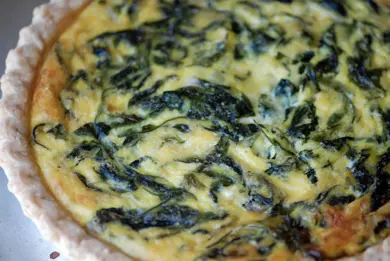
Ingredients:
- 1 9” unbaked piecrust
- ½ tsp salt
- 4 cups lamb’s quarter leaves cut up
- 3 eggs
- 1 ¾ cups milk
- ¼ cup chopped onion
- 1 ½ cup grated natural Swiss cheese
- 2 tbs butter
- 1 tbs flour
- ½ tsp coriander
Directions:
Partially bake piecrust at 450 degrees for 5-7 min, or until light brown. Take piecrust out of the oven and reduce heat to 325 degrees. Sauté onion and leaves until tender and limp. Stir in flour and salt. Beat together eggs and milk; add vegetables.
Sprinkle cheese in pie shell; pour in egg mixture. Bake 40- 45 min. or until knife comes out clean when inserted off center, (it may take a bit longer for the knife to come out clean). Let stand 10 min (Adapted from Jane Spice, 2008).
Sources
- Ciula, C. (November 2012). Purslane and recipes. Retrieved from Organic Lifestyle Magazine: http://www.organiclifestylemagazine.com/purslane-recipes/
- Jane Spice (2008). Lamb quarters quiche with coriander. Retrieved from Jane Spice website: http://www.janespice.com/recipes/lamb-quarters-quiche-with-coriander
February 2013
Utah State University Extension
Peer-reviewed fact sheet
Authors
Roslynn Brain & Hayley Waldbillig
Department of Environment & Society
Related Research




